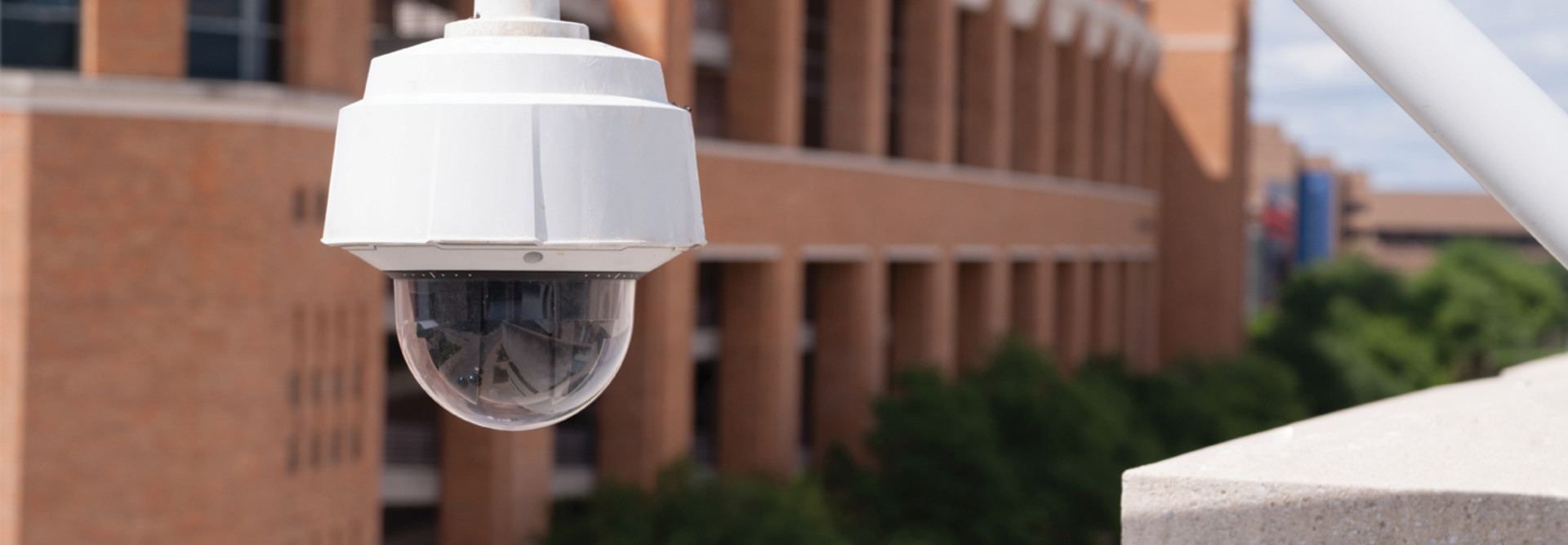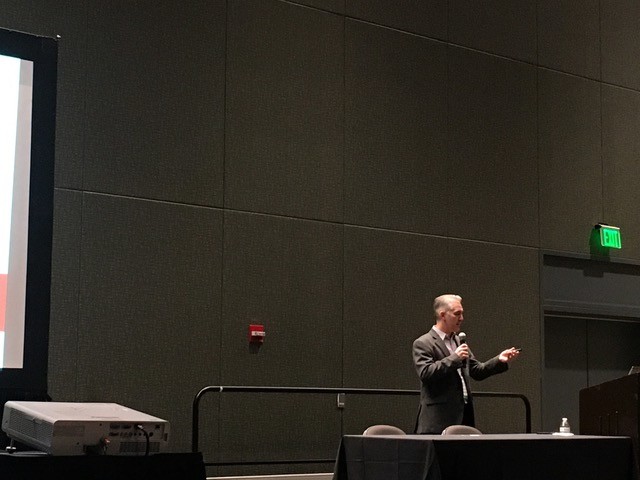Is the Cloud Right for Your District?
“Today, we tend to default to the cloud as being better than having on-premises storage,” Tourney said. “Plus, the subscription, pay-as-you-go model makes it more attractive from a finance point of view and for adoption.”
However, Tourney noted that while there are benefits to the cloud such as savings on maintenance, administration and internal operations costs, it is not always right for every school.
He recommended that schools take time to determine what features they want and how well those new features would work with existing cameras.
“A lot of the cloud-based solutions out there are very closed systems,” he said. “You can very easily lock yourself into something that you have to forklift upgrade into, and if you want to move away from it, you’ve got to forklift to move out.”
READ MORE: How can school districts shift to the cloud successfully?
While it might be advantageous for large schools to manage their video surveillance system on-premises, smaller schools might not want to manage the infrastructure and could do well with a cloud option, Tourney said. However, he noted that a hybrid approach could work for districts that have a combination of large and small schools.
“Don’t fall for product pitches,” he said. “Look for a solution that adapts to your needs as opposed to you adapting to the solution.”
Do All Parts of Your Ecosystem Talk to Each Other?
Tourney noted that in the old days of physical security, many parts of the platform were isolated. Today, the physical security space has caught up with the rest of the world. Instead of closed proprietary systems, many software programs now include an application programming interface that can be used to integrate products from different vendors, which ultimately works to the school’s benefit.
“We want to get as much value out of a physical security investment as possible,” he said. “We want systems that talk to each other. We want to be able to automate.”












